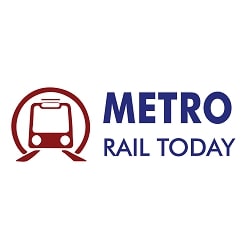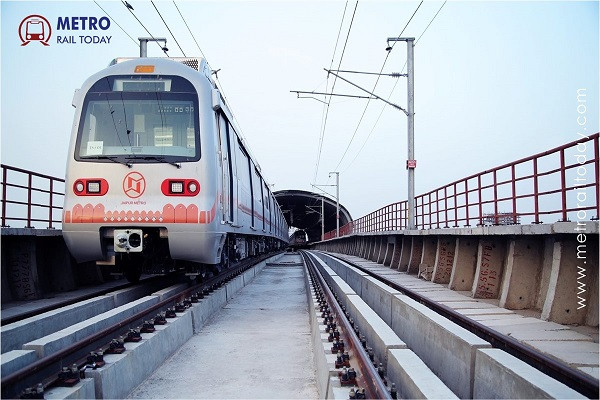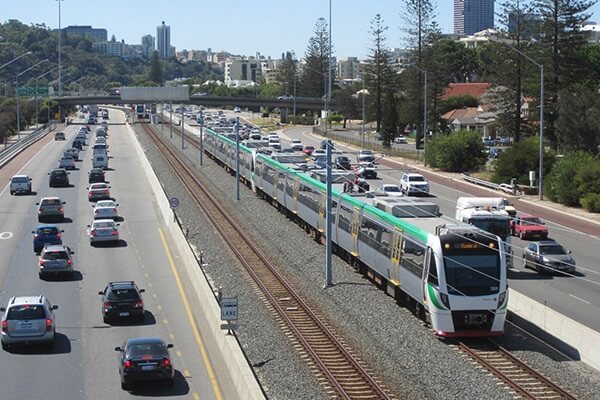 MTR–CRRC Consortium wins major contract for Sydney Metro West Project
MTR–CRRC Consortium wins major contract for Sydney Metro West Project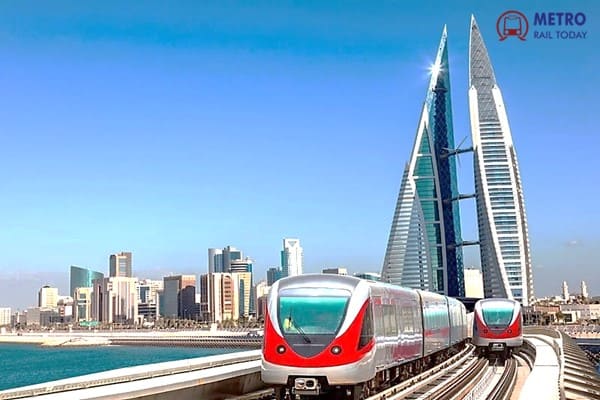 Preparatory works commenced for Phase 1 of the Bahrain Metro Rail project
Preparatory works commenced for Phase 1 of the Bahrain Metro Rail project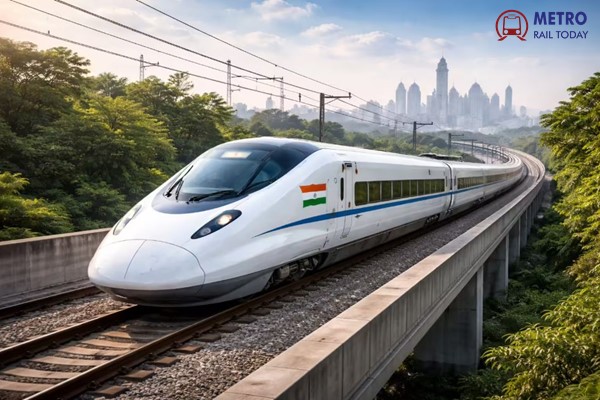 The ₹1.98 Lakh Crore Masterclass: Why India’s High-Speed Rail is a Price Worth Paying
The ₹1.98 Lakh Crore Masterclass: Why India’s High-Speed Rail is a Price Worth Paying Mumbai–Ahmedabad Bullet Train project cost escalated from ₹1.1 lakh crore to ₹1.98 lakh crore
Mumbai–Ahmedabad Bullet Train project cost escalated from ₹1.1 lakh crore to ₹1.98 lakh crore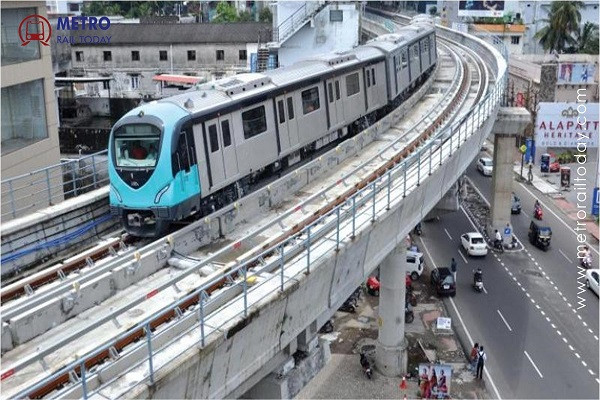 L&T Technology Services wins ₹95.3 crore Telecom Contract for Kochi Metro Phase 2
L&T Technology Services wins ₹95.3 crore Telecom Contract for Kochi Metro Phase 2 Mumbai–Ahmedabad Bullet Train Project achieves breakthrough with First Mountain Tunnel completion
Mumbai–Ahmedabad Bullet Train Project achieves breakthrough with First Mountain Tunnel completion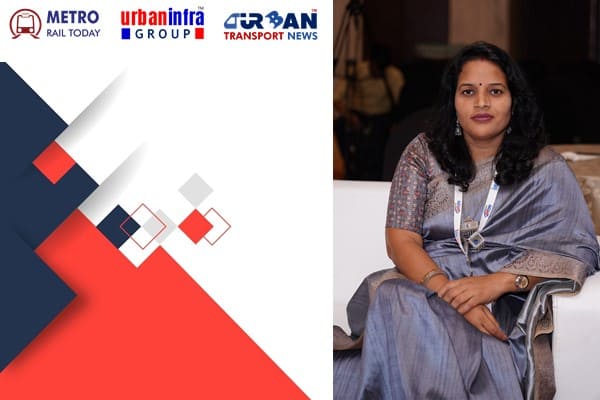 Happy New Year 2026: Message from the desk of Managing Editor - Metro Rail Today
Happy New Year 2026: Message from the desk of Managing Editor - Metro Rail Today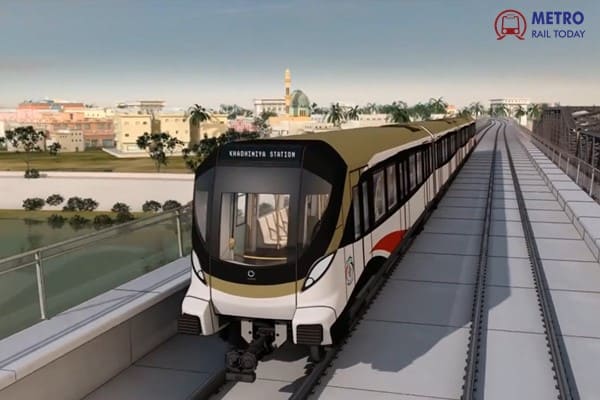 Baghdad Metro project enters at an advanced planning and implementation stage
Baghdad Metro project enters at an advanced planning and implementation stage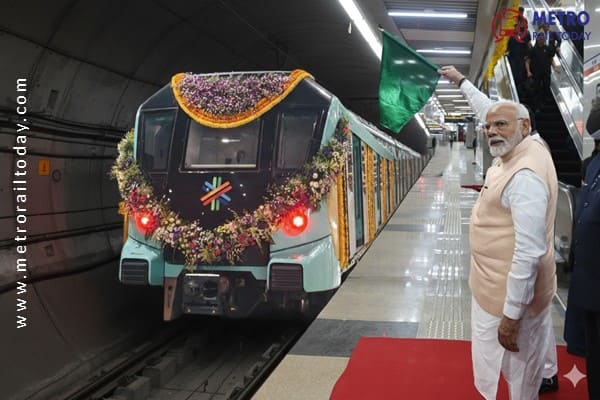 India's Rail & Metro Year-End Review 2025: A Year of Accelerated Execution and Visible Outcomes
India's Rail & Metro Year-End Review 2025: A Year of Accelerated Execution and Visible Outcomes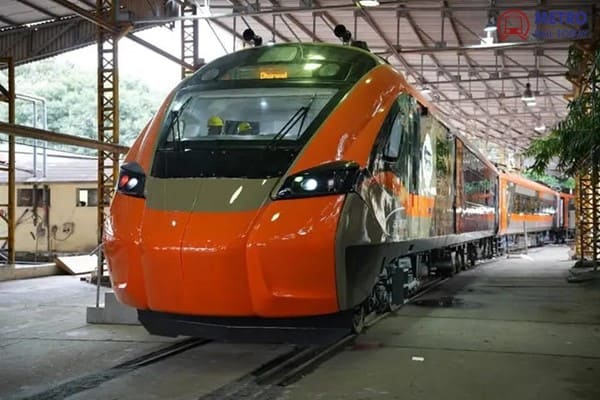 Indian Railways plans to manufacture eight additional sleeper rakes by March 2026
Indian Railways plans to manufacture eight additional sleeper rakes by March 2026
How Metro Rail Systems are transforming Urban Transportation in India?
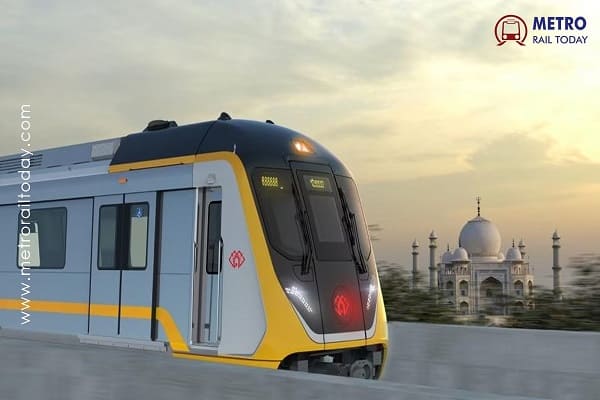
In the wake of India's unprecedented population growth, currently standing at nearly 140 crores, and its ambitious ascent to the 3rd position in the global economy by 2027, the country is undergoing a rapid and dynamic transformation. With over 100 cities and numerous towns, large-scale urbanization has become inevitable. However, this progress comes with challenges, particularly the migration of people to cities and towns, leading to increased distances between residences and workplaces, resulting in suboptimal productivity.
The Need for Efficient Urban Mass Rapid Transportation
To address the challenge of optimal productivity and ensure swift, safe transportation within cities and suburban regions, the imperative for robust Urban Mass Rapid Transportation, such as Metro Rail Systems, becomes evident. Recognized as the "Economic Growth Engines" of the country, these systems offer unparalleled advantages to both the public and government.
Advantages of Metro Rail Systems: A Comprehensive Overview
-
Safe Transport: Operating on a dedicated Right of Way (RoW), either at-grade or grade-separated, Metro Rail Systems boast an exclusive P-Way track, ensuring 100% safety and accident-free transport. Incorporating cutting-edge safety technologies further enhances the system's reliability.
-
Faster Transport: With metro cars equipped with higher tractive power, these trains operate at impressive speeds, unhindered by roadblocks, and consistently reach their destinations on time, enhancing overall efficiency.
-
Swanky & Comfortable: Aesthetically designed Metro Rail Cars prioritize passenger comfort and safety, catering to passengers of all ages, including differently-abled individuals.
-
Reliable & Convenient: Offering dependable transport with 100% punctuality, Metro Rail Systems, thanks to their exclusive RoW and advanced rolling stock, enable commuters to reach their destinations in a timely manner, maximizing productive time.
-
Eco-Friendly & Pollution-Free Transport: A standout feature is the environmental friendliness of Metro Rail Systems, contributing to a pollution-free transport solution and safeguarding community health.
-
Affordable Public Transport: Ensuring affordability for all, ticket fares are designed to accommodate common people, allowing individuals from all socioeconomic backgrounds to commute with reasonable travel costs.
-
Energy Saver: Running primarily on electricity with moderate consumption, Metro Rail Systems significantly reduce energy bills, approximately 30% cheaper than traditional fuels like petrol and diesel, resulting in considerable savings in operational and maintenance expenses.
Government Initiatives and Future Outlook
Recognizing the transformative potential of Metro Rail Systems, the Union Government has outlined an extensive plan to establish these systems in more cities. Presently, 60 metro rail projects in 28 cities are either operational, under construction, or approved and under financial closure. According to the "Gati-Sakthi Master Plan," the target is to implement metro rail systems in 75 cities, with an estimated investment of 3.0 lakh Cr. by 2027.
Future Scenario of the Metro Rail Sector
While Metro Rail Systems are capital-intensive, requiring substantial initial investment, the responsibility falls on State Governments to establish these systems in cities, partially funded (20%) by the Central Government. The financial burden on State Governments is significant, particularly when considering cities with a population of 2.0 million and above, as outlined in the Metro Rail Policy – 2017.
Suggestions for Successful Implementation
Despite the numerous advantages of modern metro rail systems, the financial sustainability of these projects often sparks debate. To ensure viability and sustainability, it is imperative to minimize CAPEX & OPEX while boosting revenues through various channels.
Cost-Effective and Cost-Saving Concepts
-
Low-Cost Light Metro Rail Systems: Tier-2 & Tier-3 cities, with populations of 5.0 million and below, could benefit from a smaller and more cost-effective Light Metro System. Modeled after the successful LRT System operational in 298 global locations, this system offers comparable features at a 20% lower capital cost and 25% lesser O&M costs.
-
Cost-Effective Construction Measures: With components like rolling stock, signaling systems, and traction power now manufactured in India, the reliance on imported components has reduced, leading to considerable cost savings. Local availability of cost-effective construction materials further minimizes expenses.
-
Digital Technology and Innovations: Recent technological innovations, including 3rd-Rail traction power, OCC-monitored CBTC signaling systems, and driverless operating systems, contribute to cost optimization, making metro rail systems financially sustainable. The integration of solar energy plants further reduces recurring energy expenditure.
-
Other Cost-Saving Measures: Exploring bulk procurement through Government e-marketplace (GeM), establishing a centralized safety audit team, and sharing cost-saving information among metro rail managements can collectively contribute to minimizing expenses.
Increasing Ridership Revenues
Beyond cost-effective measures, increasing ridership revenues is pivotal for the long-term sustainability of metro rail systems.
Measures to Boost Revenues
-
Last-Mile Connectivity: Emphasizing last-mile connectivity at all metro stations ensures seamless transportation, saving time and money for commuters.
-
Multi-Model Integration: Establishing multi-modal transport hubs at crucial junction points enhances overall transportation experiences, attracting higher traffic revenues.
-
Property Development at Metro Stations: Developing station buildings into multi-utility structures creates additional non-fare box revenues by accommodating offices, entertainment zones, shopping malls, multiplex theaters, and more.
-
Innovative Advertisements: Exploring innovative digital advertisements inside and outside station buildings, inside trains, station branding, and train branding adds to advertisement revenues.
-
Special Packages and Discounts: Offering special packages, discounts on tickets during weekends, money-saver monthly tickets, and city tours on special days incentivizes commuters and boosts traffic revenues.
Conclusion
In conclusion, Metro Rail Systems stand as the cornerstone of urban transportation in India. As the government pushes for their introduction in more cities, balancing initial capital-intensive investments with long-term financial sustainability becomes paramount. Implementing cost-effective measures and strategies to boost ridership revenues will play a pivotal role in ensuring the continued success and growth of metro rail systems. Ultimately, these systems contribute not only to the enhanced quality of life for citizens but also to the overall GDP growth of the country.




